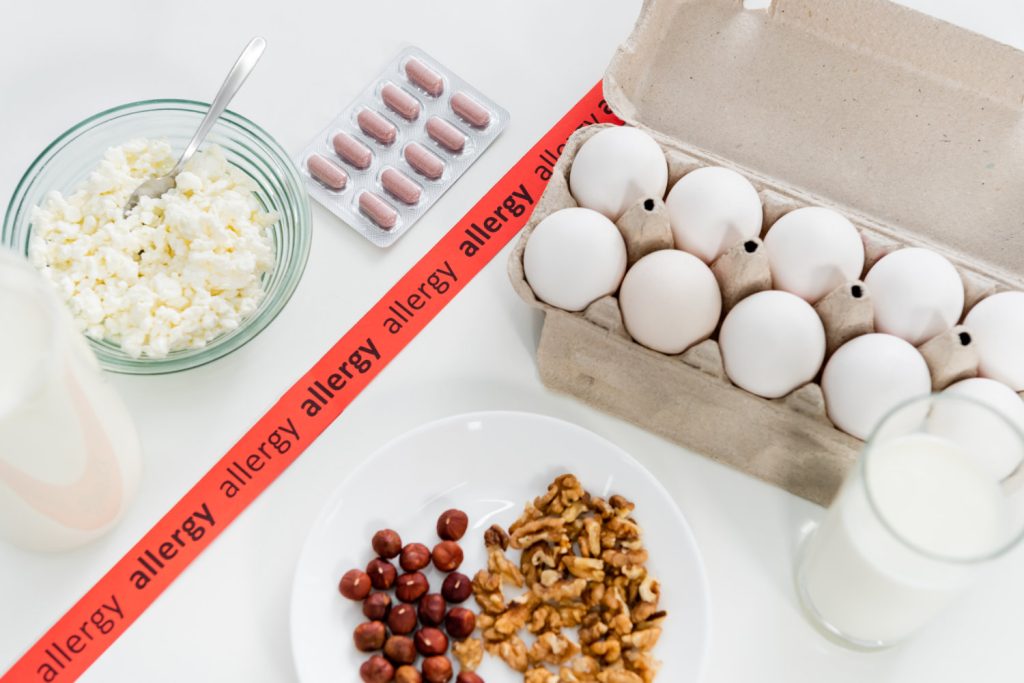How Much (or How Little) Salt is Enough?
How much salt do you really need? How much are you getting? Thanks to our U.S. Government, packaged foods are required to have a Nutrition Facts Label that lists the amount of sodium in every food product.
The American Heart Association recommends “no more than 2,300 milligrams (mg) a day and moving toward an ideal limit of no more than 1,500 mg per day for most adults. Because the average American eats so much excess sodium, even cutting back by 1,000 milligrams a day can significantly improve blood pressure and heart health. And remember, more than 70 percent of the sodium Americans eat comes from packaged, prepared and restaurant foods — not the saltshaker.”
But compare this to the 3,400 milligrams that the average American eats per day. Way more than the AHA recommendation. And at the other end of the scale, the AHA also reports that the body needs “less than 500 milligrams per day to function properly… less than ¼ teaspoon.” Your risk of getting too little salt in your diet is pretty small.
If you’re like most Americans, chances are you need to take an active role in reducing your salt intake. So, the next time you’re at the grocer’s, consider scanning the aisles for these products.
- Sodium-free – Less than 5 milligrams of sodium per serving and contains no sodium chloride
- Very low sodium – 35 milligrams or less per serving
- Low sodium – 140 milligrams or less per serving
- Reduced (or less) sodium – At least 25 percent less sodium per serving than the usual sodium level
- Light (for sodium-reduced products) – If the food is “low calorie” and “low fat” and sodium is reduced by at least 50 percent per serving
- Light in sodium – If sodium is reduced by at least 50 percent per serving




